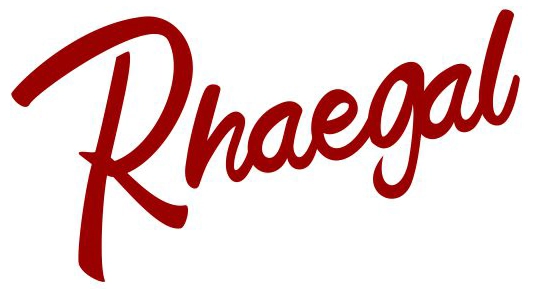Diopters: Insight from Top Eyewear Manufacturers
When it comes to selecting new glasses, you’re bound to encounter a variety of technical terms, one of which is “diopter.” Despite its significance in determining how your eyeglasses improve your vision, many people remain unfamiliar with this term. This article aims to demystify the concept of a diopter, providing a simple and comprehensive explanation of its role in your eyewear. Understanding this crucial eyeglasses term can empower you to make informed decisions about your vision requirements.
UNDERSTANDING DIOPTERS
A diopter is a unit that quantifies the optical power of a lens, indicating its capacity to focus light. It directly relates to the lens’s ability to correct vision by manipulating how light rays converge on the retina. The value of a diopter is the reciprocal of the lens’s focal length in meters. For instance, a 1 diopter lens focuses light from 1 meter away.
In the context of your glasses, diopters rectify refractive errors, such as myopia (negative diopter values) and hyperopia (positive diopter values). The magnitude of the diopter value signifies the intensity of the correction required; higher absolute values denote stronger lenses.
THE UNDERLYING SCIENCE
Diopters are deeply rooted in optical science, gauging a lens’s capacity to focus light accurately on the retina for clear vision. This measure is contingent on the principle of refraction, where light bends when traversing through different mediums (like eyeglass lenses!) to correct vision impairments.
CHOOSING THE RIGHT DIOPTER
The journey to selecting the right diopter for women’s or men’s rectangle reading glasses begins with an eye examination to detect your refractive error and ascertain the necessary diopter value. Diopters are measured in positive values for hyperopia (which necessitates converging lenses) and negative values for myopia (which requires diverging lenses).
The specific diopter value—indicating the strength or weakness of the lens—is dictated by the extent of your vision deviation from normal. A higher absolute diopter number signifies a greater need for correction.
THE IMPACT OF DIOPTERS ON YOUR EYEWEAR CHOICES
Understanding diopters can significantly influence your eyewear choices. This knowledge allows you to interpret your prescription accurately and select the most suitable glasses. Whether you require reading glasses or distance glasses, the correct diopter will ensure optimal vision correction.
REGULAR EYE EXAMS: A MUST
Given that each eye may have different requirements and these can change over time, it’s crucial to schedule regular eye exams to keep your prescription current. Regular check-ups will ensure that your diopter value is updated, guaranteeing the effectiveness of your eyewear.
Conclusion:
A diopter is more than just a baffling piece of eyeglasses terminology on your prescription. It’s the linchpin of customizing your vision correction, guaranteeing that each pair of glasses you wear is ideally suited to your needs. With a robust understanding of what a diopter is and how it impacts your choice of eyewear, you can actively partake in the pursuit of sharp, clear vision.
